End of the Mohawk Valley War
By the spring of 1780, the bloody civil war in the Mohawk Valley had been raging for four long years. The suffering in the region was universal, having affected Loyalists, Patriots, and the Iroquois Confederacy. Despite the punitive Sullivan Expedition in the fall of 1779 which laid waste to the heart of the Iroquois homeland, the Loyalists and Indians were not vanquished.
Joseph Brant, the most gifted of the partisan leaders, began his retaliatory raids on Patriot settlements in February, burning every home and farm they came across and mercilessly killing and scalping the helpless residents. By late summer, bands of 400 or more Iroquois warriors and Loyalists were ranging, almost without opposition, from the Mohawk to the Susquehanna to the Adirondack Mountains.
With the British southern campaign ramping up and with a virtually bankrupt Congress, the Continental Army offered little assistance to this troubled area. Consequently, the defense of this region fell entirely on local militias, well-meaning men but with virtually no training, no discipline, and incapable leaders.
Aware of this weakened state, Loyalists planned a large raid for October of 1780 to destroy the recently harvested crop and deny these food stuffs intended for General George Washington’s army. The incursion was led by Sir John Johnson, who commanded 1,000 men, many trained British regulars, and it achieved all their objectives.
By Sir John’s estimate, his force destroyed several hundred thousand bushels of wheat, slaughtered over 3,000 head of livestock, and burned countless homes, farms, and warehouses. Authorities from Tryon County, which bore the brunt of the attacks in 1780, reported there were 1,200 farms lying uncultivated and that over 300 civilians had been killed or taken captive. The payback for Sullivan’s 1779 raid was complete.
In 1781, desperate to bring stability and security back to the Mohawk Valley, New York Governor George Clinton, a towering political figure, enlisted the services of Colonel Marinus Willett to render the Valley safe. Willett, a capable Continental Army officer with a fighter’s mentality, was one of the best Patriot field commanders produced during the American Revolution, and he instantly brought relief to the area.
“Marinus Willet.” New York Public Library.
Inspiring his demoralized men by his aggressive nature, Willett quickly reformed the militia and, on July 10, defeated a small British force in the Battle of Sharon Springs. Three months later, on October 25, Willett’s invigorated units decisively defeated a larger Loyalist force led by Major John Ross and Captain Walter Butler at the Battle of Johnstown.
Importantly, Butler, one of the most notorious partisan leaders, was killed in the subsequent pursuit, and his death brought a sense of relief to the Valley. This fight, following on the heels of our great victory at Yorktown, proved to be the last major engagement in the northern theater of the American Revolution.
The long struggle also marked the end of the Iroquois Confederacy. This once dominant coalition of six Indian nations which had ferociously conquered and driven out all other tribes from the Mohawk Valley to the Great Lakes was now scattered and a mere shell of its former self. In an example of the brutal and unforgiving law of nature, the weak had been subdued by the strong.
Of course, as 1782 opened, no one in the Valley knew if the fighting would stop. The residents who had fled to the east and the relative safety of Albany were not ready to return and risk their lives by being wrong. Consequently, the flow of refugees back to the area was a bare trickle in 1783 and 1784.
One observer, Peter Sailly, noted in the spring of 1784, “The most beautiful country in the world now presents only the poor cabins of an impoverished population who are nearly without food and upon the verge of starvation.” All civil conflicts are personal in nature and the six painful years of this struggle had brought out the worst in neighbors.
This fertile belt, the breadbasket of the east, had lost approximately 20,000 of its 30,000 residents, either to death or relocation. However, in a testament to the American spirit, over the course of the next decade, Governor Clinton, transformed New York from a relatively powerless colony into one of the wealthiest and most influential states in the Union.
WHY IT MATTERS
So why should the partisan warfare in the Mohawk Valley matter to us today? This terrible conflict saw perhaps the most vicious fighting and the most wanton destruction of personal property during our war for independence. For six years, there was no letup in the ravaging and reprisals from both sides.
Our hardy forefathers endured all this to ultimately realize their dream of having an independent nation, free from English control. It is truly remarkable what our ancestors were willing to endure to attain their cherished liberty, and that perseverance is worthy of our respect and admiration.
SUGGESTED READING
Bloody Mohawk, written by Richard Berleth, is an excellent account of the terrible partisan fight to control the Mohawk Valley. Published in 2010, this book is well written and a pleasure to read.
PLACES TO VISIT
Herkimer Home State Historic Site in Little Falls, NY is the restored home of General Nicholas Herkimer, commander of the Mohawk Valley militia at the start of the American Revolution. Visitors may tour the mansion, walk the beautifully kept grounds, and enjoy the exhibits in the Visitor’s Center.
Until next time, may your motto be “Ducit Amor Patriae,” love of country leads me.

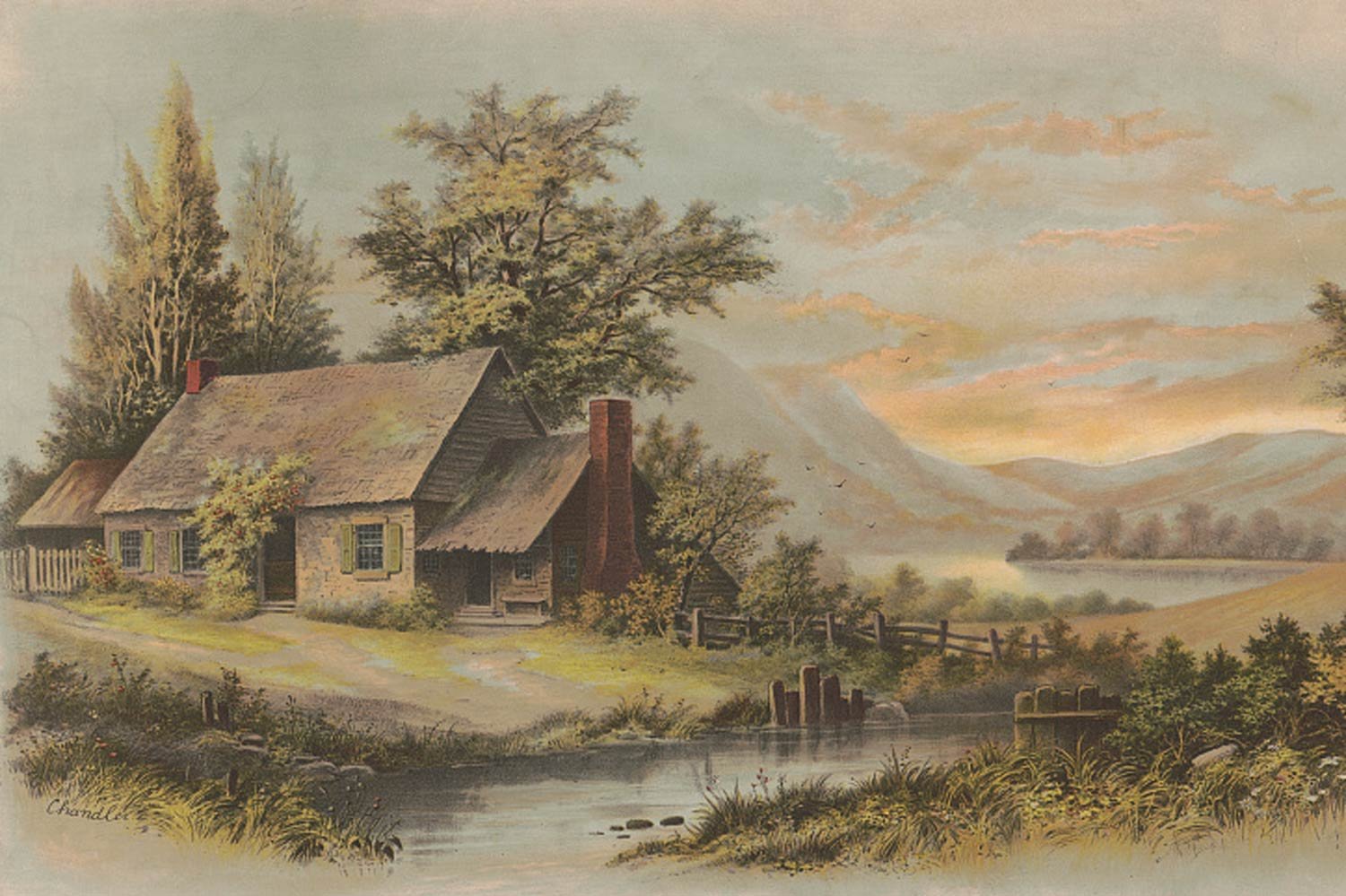


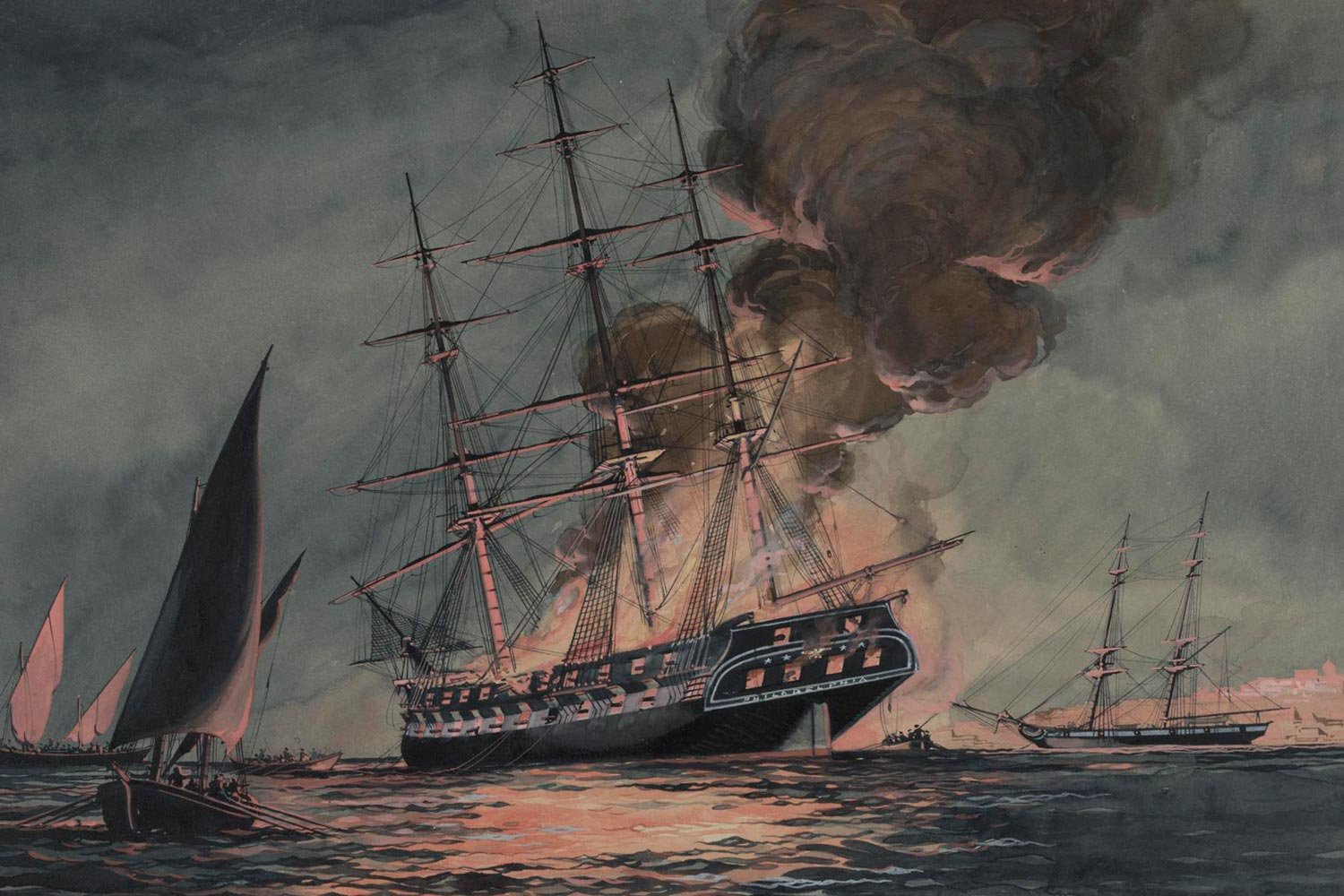
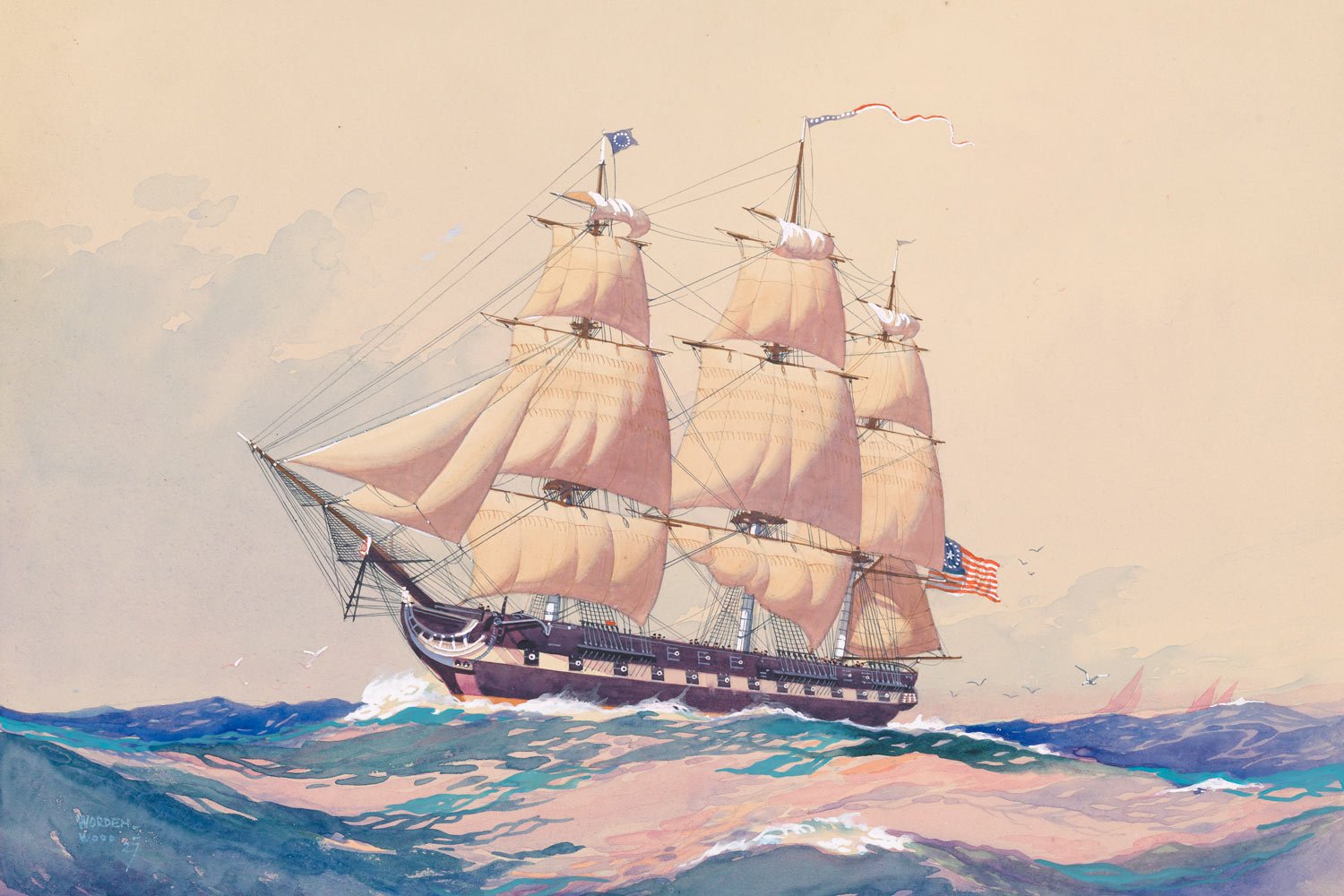


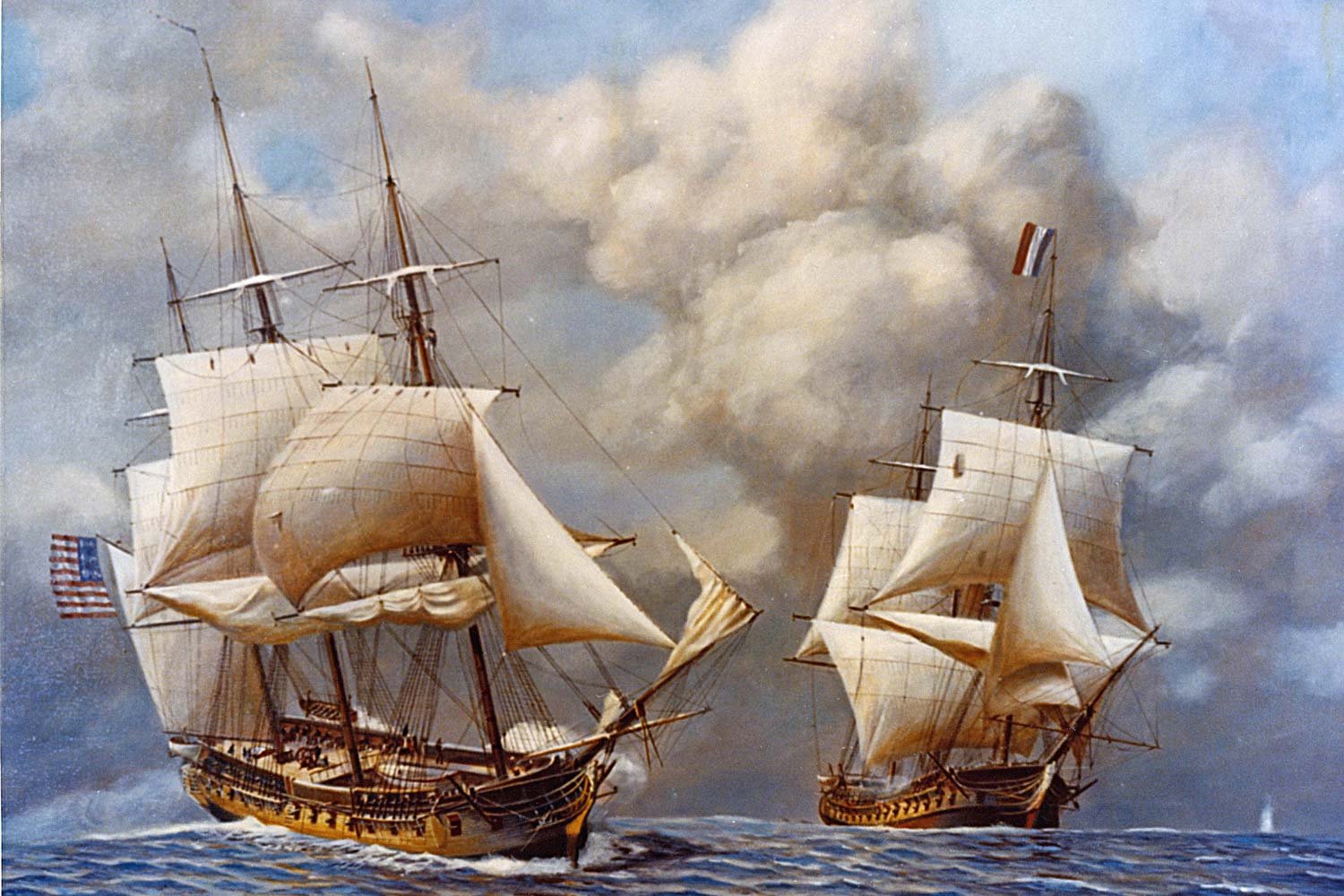
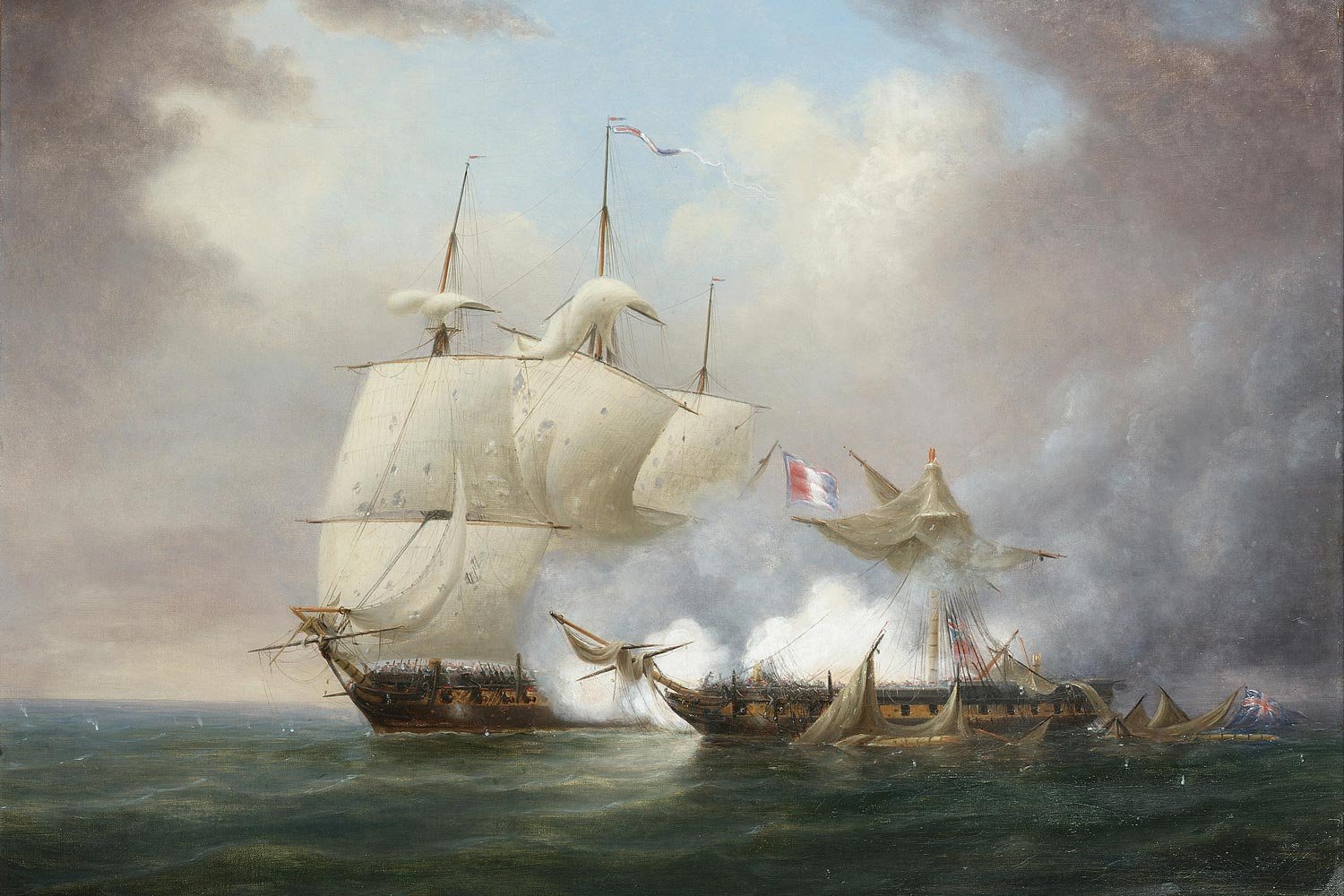
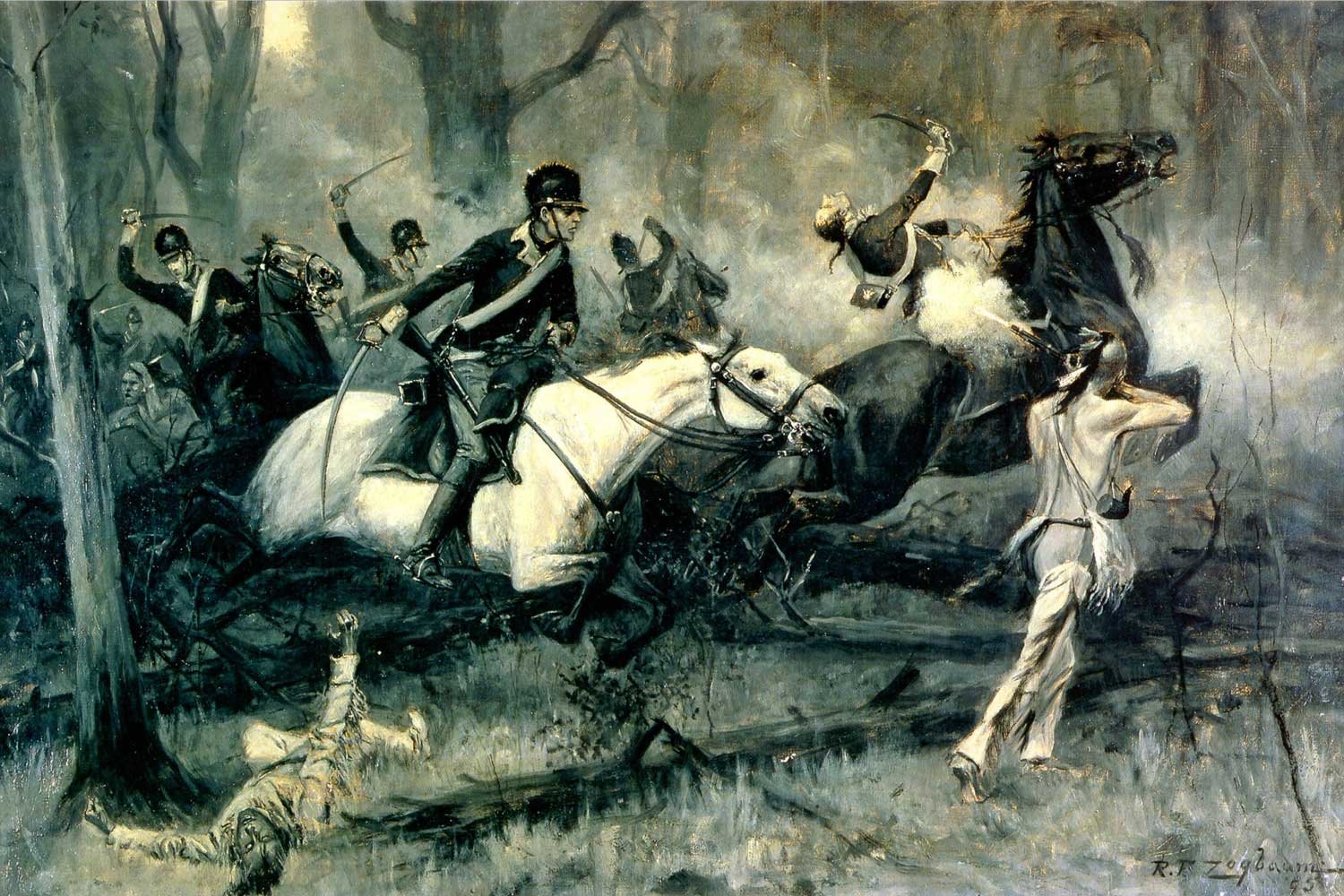
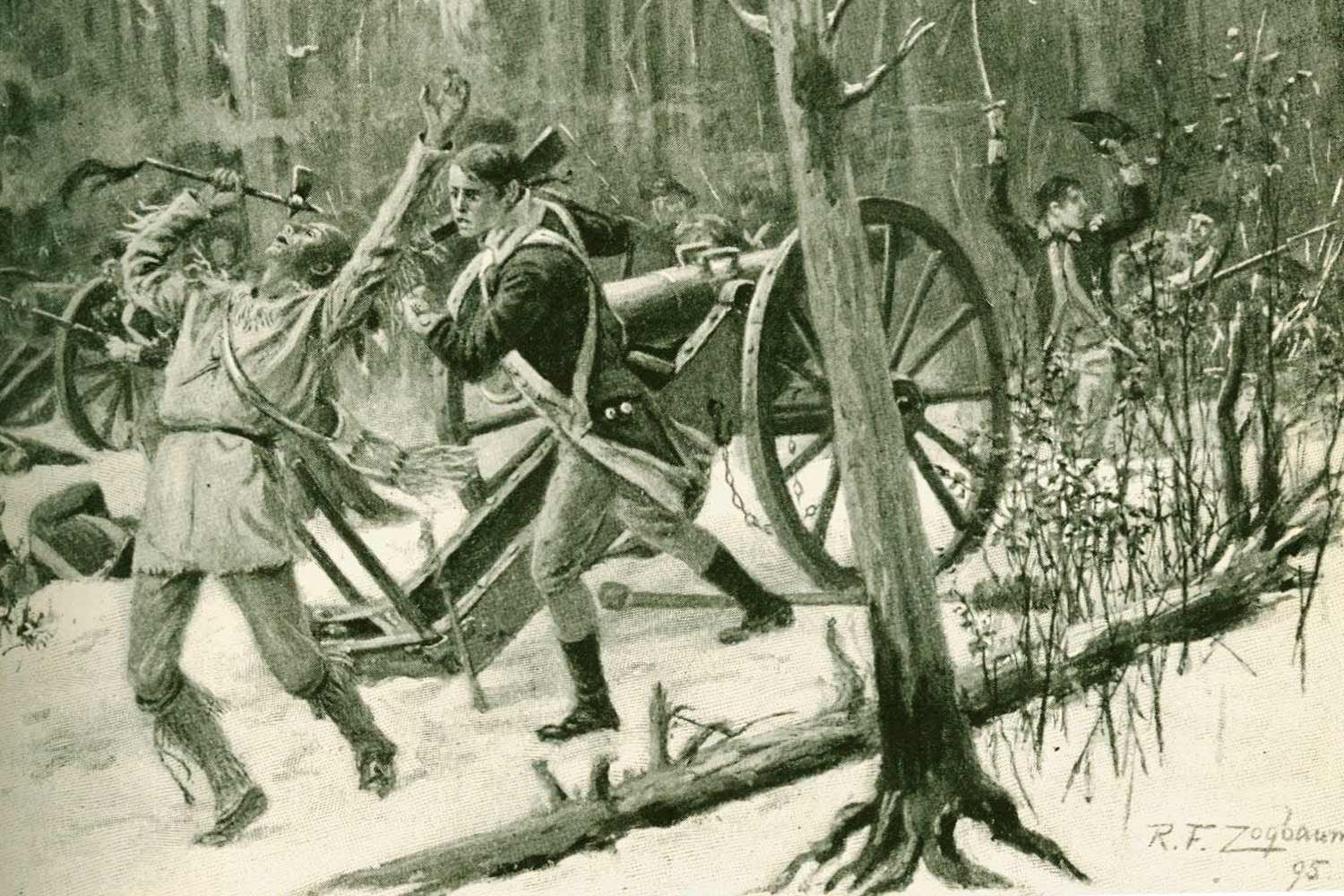
Commodore Edward Preble assembled his considerable American fleet just outside Tripoli harbor in August 1804, determined to punish the city and its corsairs, and force Yusuf Karamanli, the Dey of Tripoli, to sue for peace.